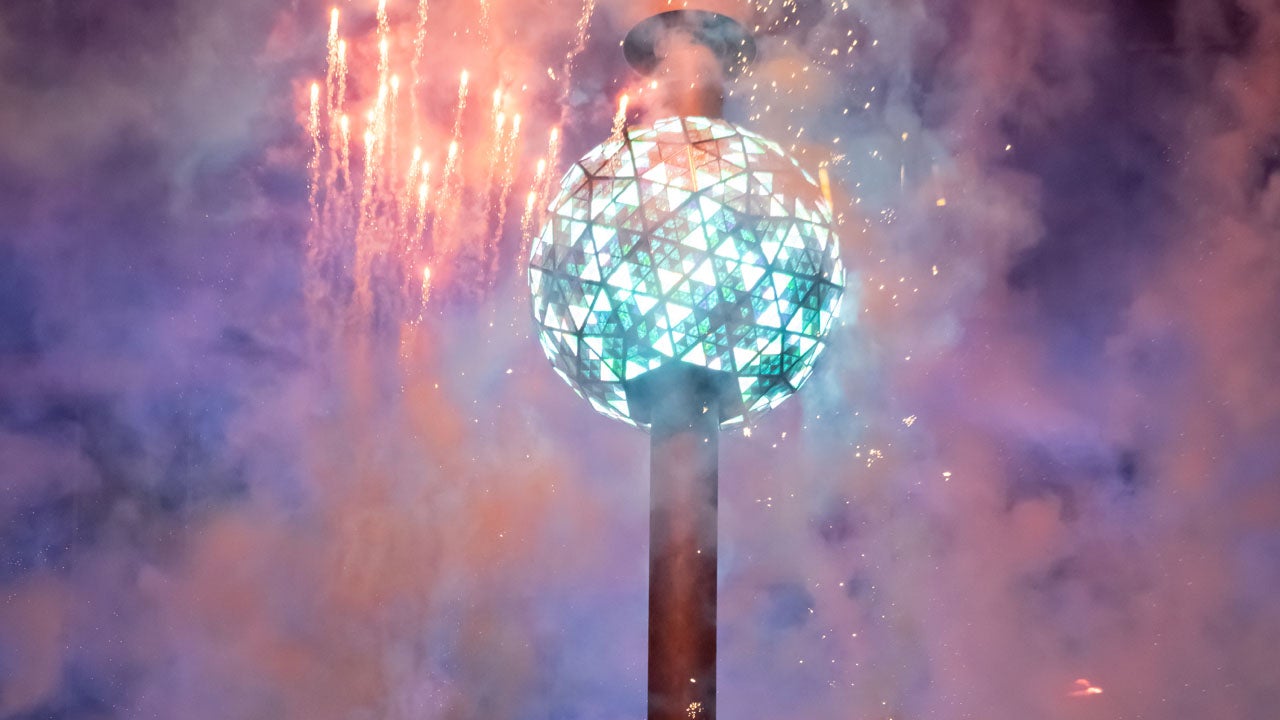
Witness the Spectacle Unfold: The Lights, Cameras, and Countdown of Times Square’s NYE Ball Drop
A Cultural and Historical Phenomenon
Every year, on the stroke of midnight on December 31st, millions around the globe turn their eyes to the iconic Times Square Ball Drop. This mesmerizing spectacle, featuring a shimmering, crystal-encrusted ball descending down a 26-foot-tall steel pole, has become an integral part of the New Year’s Eve celebration.
The origins of the Ball Drop can be traced back to 1907 when a fireworks display was planned to commemorate the opening of the New York Times Tower. However, due to weather conditions, the fireworks were replaced with an illuminated iron and wood ball. Over the years, the ball has undergone several transformations, with the current design featuring 2,688 Waterford Crystal triangles and 32,256 LED lights.
The Logistics Behind the Spectacle
The preparations for the Ball Drop are a logistical marvel. Months of planning and coordination are required to ensure the smooth execution of the event. The ball, weighing approximately 11,875 pounds, is meticulously inspected and hoisted to the top of the One Times Square building.
A team of engineers and technicians monitors the ball’s descent using sensors and lasers. The countdown is synchronized with the ball’s movement, ensuring a precise drop at the stroke of midnight. The spectacle is captured by over 100 cameras, providing viewers with multiple angles and perspectives.
Cultural Significance and Global Impact
The Times Square Ball Drop has become a cultural phenomenon, symbolizing the transition into a new year and a time of hope and renewal. The event attracts over one million people to Times Square each year and is witnessed by an estimated one billion people worldwide.
The Ball Drop has also evolved into a global marketing spectacle. Companies pay millions of dollars for advertising space on the ball and in the surrounding area. The event has become a platform for brands to showcase their latest products and services, contributing to its commercial success.
Criticisms and Controversies
Despite its widespread popularity, the Ball Drop has not been immune to criticism. Some argue that it has become too commercialized and that its cultural significance has been diminished. Others have raised concerns about the event’s environmental impact, given the massive amount of energy consumed during the celebrations.
In addition, the Ball Drop has been criticized for its lack of inclusivity. Critics contend that the event primarily appeals to a narrow demographic and does not adequately reflect the diversity of the city and the world.
Perspectives and Reflections
The Times Square Ball Drop evokes a wide range of perspectives and emotions. For some, it is a cherished tradition that embodies the spirit of New Year’s Eve. Others view it as a spectacle that has become divorced from its original meaning.
“The Ball Drop is a symbol of hope and renewal,” says Maria Garcia, a longtime resident of New York City. “It reminds me that even in the darkest of times, we can look forward to a brighter future.”
“The Ball Drop has become a corporate circus,” argues activist John Smith. “It’s all about money and advertising, and it has lost all its cultural significance.”
Conclusion: A Complex and Evolving Tradition
The Times Square Ball Drop is a complex and multifaceted event that holds both cultural and commercial significance. It is a spectacle that evokes a mix of emotions and perspectives. While it provides a moment of shared celebration and unity, it also raises important questions about inclusivity, commercialization, and environmental impact.
As the tradition continues to evolve, it is essential to engage in critical dialogue about its meaning and impact on our society. By understanding the complexities of the Ball Drop, we can ensure that it remains a meaningful and inclusive event that reflects the values of the city and the world it represents.
